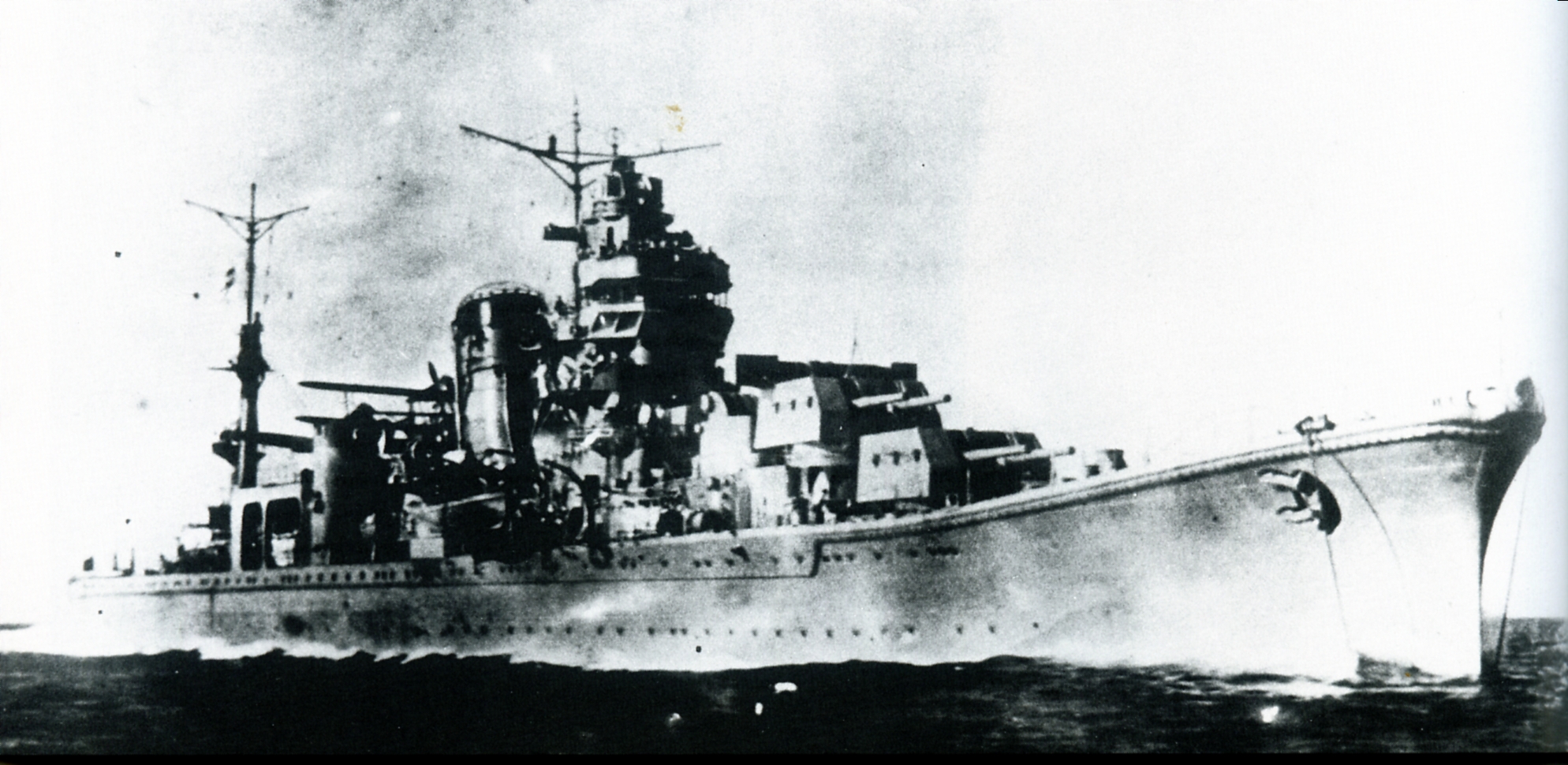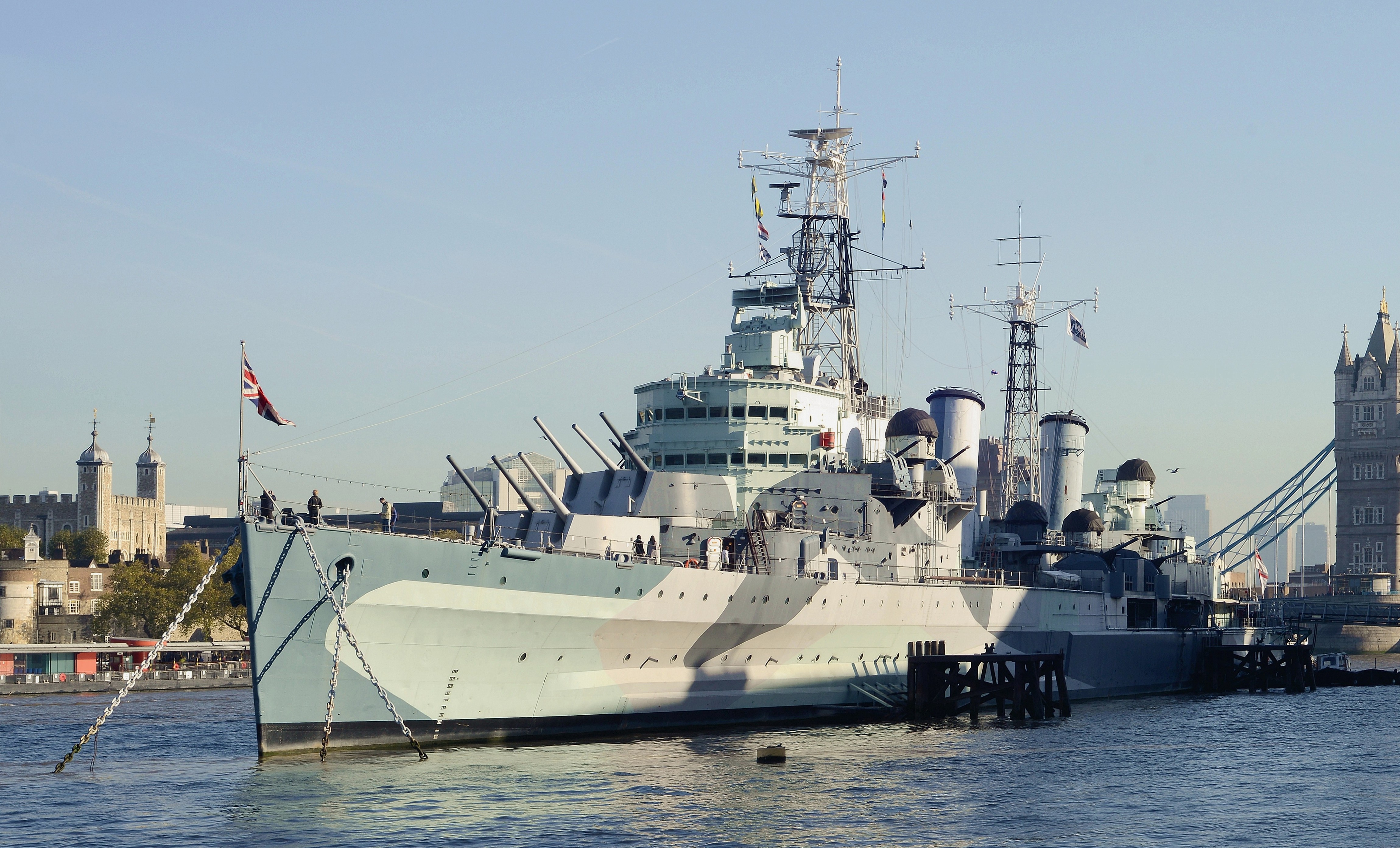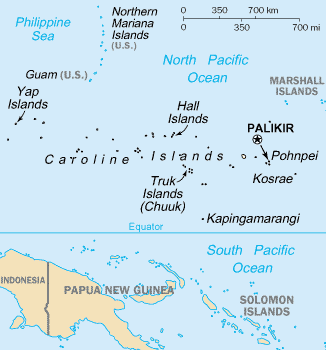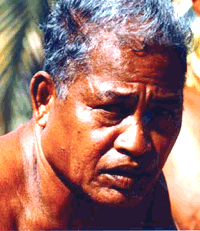|
USS Skate (SS-305)
USS ''Skate'' (SS-305) was a in service with the United States Navy from 1943 to 1946. She was used as a target ship in the 1946 atomic bomb tests and finally sunk as a target ship in October 1948. History ''Skate'' was laid down at the Mare Island Naval Shipyard of Vallejo, California, 1 August 1942. She was launched on 4 March 1943, sponsored by Mrs. Ethel L. Shamer, wife of Captain George P. Shamer, Supply Officer of the Mare Island Naval Shipyard and commissioned on 15 April. First War Patrol Following shakedown off the California coast, ''Skate'' sailed to Pearl Harbor and on 25 September 1943, headed toward Wake Island and her first war patrol during which she performed lifeguard duty for the aircraft carriers during airstrikes against that Japanese-held island. At dawn on 6 October, the submarine was strafed by enemy aircraft, mortally wounding one of her officers as he attempted to assist wounded airmen from a life raft. The next day, ''Skate'' closed to within ... [...More Info...] [...Related Items...] OR: [Wikipedia] [Google] [Baidu] |
Skate (fish)
Skates are Chondrichthyes, cartilaginous fish belonging to the family (biology), family Rajidae in the superorder Batoidea of Ray (fish), rays. More than 150 species have been described, in 17 genera. Arhynchobatidae, Softnose skates and Gurgesiellidae, pygmy skates were previously treated as subfamilies of Rajidae (Arhynchobatinae and Gurgesiellinae), but are now considered as distinct families. Alternatively, the name "skate" is used to refer to the entire order of Rajiformes (families Anacanthobatidae, Arhynchobatidae, Gurgesiellidae and Rajidae). Members of Rajidae are distinguished by a stiff snout and a rostrum (anatomy), rostrum that is not reduced. Taxonomy and systematics Evolution Skates belong to the ancient lineage of cartilaginous fishes. Fossil Dermal denticle, denticles (tooth-like scales in the skin) resembling those of today's chondrichthyans date at least as far back as the Ordovician, with the oldest unambiguous fossils of cartilaginous fish dating from the m ... [...More Info...] [...Related Items...] OR: [Wikipedia] [Google] [Baidu] |
Dive Bomber
A dive bomber is a bomber aircraft that dives directly at its targets in order to provide greater accuracy for the bomb it drops. Diving towards the target simplifies the bomb's trajectory and allows the pilot to keep visual contact throughout the bomb run. This allows attacks on point targets and ships, which were difficult to attack with conventional level bombers, even ''en masse''. Dive bombing was especially effective against vehicles when integrated into early instances of Blitzkrieg. After World War II, the rise of precision-guided munitions and improved anti-aircraft defences—both fixed gunnery positions and fighter interception—led to a fundamental change in dive bombing. New weapons, such as rockets, allowed for better accuracy from smaller dive angles and from greater distances. They could be fitted to almost any aircraft, including fighters, improving their effectiveness without the inherent vulnerabilities of dive bombers, which needed air superiority to ... [...More Info...] [...Related Items...] OR: [Wikipedia] [Google] [Baidu] |
Prisoners Of War
A prisoner of war (POW) is a person held captive by a belligerent power during or immediately after an armed conflict. The earliest recorded usage of the phrase "prisoner of war" dates back to 1610. Belligerents hold prisoners of war for a range of legitimate and illegitimate reasons. These may include isolating them from enemy combatants still in the field (releasing and repatriating them in an orderly manner after hostilities), demonstrating military victory, punishment, prosecution of war crimes, labour exploitation, recruiting or even conscripting them as combatants, extracting collecting military and political intelligence, and political or religious indoctrination. Ancient times For much of history, prisoners of war would often be slaughtered or enslaved. Early Roman gladiators could be prisoners of war, categorised according to their ethnic roots as Samnites, Thracians, and Gauls (''Galli''). Homer's ''Iliad'' describes Trojan and Greek soldiers offering rewards o ... [...More Info...] [...Related Items...] OR: [Wikipedia] [Google] [Baidu] |
Sampan
A sampan is a relatively flat-bottomed wooden boat found in East, Southeast, and South Asia. It is possibly of Chinese or Austronesian origin. Some sampans include a small shelter on board and may be used as a permanent habitation on inland waters. The design closely resembles Western hard chine boats like the scow or punt. Sampans are generally used for transportation in coastal areas or rivers and are often used as traditional fishing boats. It is unusual for a sampan to sail far from land, as they do not have the means to survive rough weather. It is sometimes claimed that the word "sampan" is derived from the Cantonese term ''sāam báan'' (), literally "three planks", but this is likely to be a false etymology. A possible Austronesian origin of the word has been suggested, as it is attested in an Old Malay inscription from 684 CE. Sampans may be propelled by poles, oars (particularly a single, long stern sculling oar called a ''yuloh'' (simplified Chinese 摇 ... [...More Info...] [...Related Items...] OR: [Wikipedia] [Google] [Baidu] |
Bonin Islands
The Bonin Islands, also known as the , is a list of islands of Japan, Japanese archipelago of over 30 subtropical and Island#Tropical islands, tropical islands located around SSE of Tokyo and northwest of Guam. The group as a whole has a total area of but only two of the islands are permanently inhabited, Chichijima and Hahajima. Together, their population was 2,560 as of 2021. Administratively, Tokyo Metropolitan Government, Tokyo's Ogasawara Subprefecture also includes the settlements on the Volcano Islands and the Japan Maritime Self-Defense Force, Self-Defense Force post on Iwo Jima. The seat of government is Chichijima. Because of the Bonins' isolation, many of their animals and plants have undergone unique evolutionary processes. It has been called "the Galápagos Islands, Galápagos of the Orient" and was named a natural World Heritage Site in 2011. When first reached during the early modern period, the islands were entirely uninhabited. Subsequent research has found ev ... [...More Info...] [...Related Items...] OR: [Wikipedia] [Google] [Baidu] |
Light Cruiser
A light cruiser is a type of small or medium-sized warship. The term is a shortening of the phrase "light armored cruiser", describing a small ship that carried armor in the same way as an armored cruiser: a protective belt and deck. Prior to this smaller cruisers had been of the protected cruiser model, possessing armored decks only. While lighter and smaller than other contemporary ships they were still true cruisers, retaining the extended radius of action and self-sufficiency to act independently around the world. Cruisers mounting larger guns and heavier armor relative to most light cruisers would come to be known as heavy cruisers, though the designation of 'light' versus 'heavy' cruisers would vary somewhat between navies. Through their history light cruisers served in a variety of roles, primarily on long-range detached patrol work, covering other military operations or global shipping lanes, as scouts and fleet support vessels for battle fleets, as destroyer command ship ... [...More Info...] [...Related Items...] OR: [Wikipedia] [Google] [Baidu] |
Operation Hailstone
Operation Hailstone was a large-scale United States Navy air and surface attack on Truk Lagoon on 17–18 February 1944, conducted as part of the American offensive drive against the Imperial Japanese Navy in the Pacific Ocean theatre of World War II. Background Japanese troops occupied Micronesia, including the Caroline Islands, in 1914 and established Truk as a base as early as 1939. The lagoon was first built up as an anchorage for the Imperial Japanese Navy's 4th Fleet, its "South Seas Force". After the outbreak of war with the United States, the 4th Fleet was put under the command of the Combined Fleet, which continued to use Truk as a forward operating base into 1944. In addition to anchorages for warships and port facilities for shipping between the home islands and the Southern Resources Area, five airfields and a seaplane base were constructed at Truk, making it the only major Japanese airfield within flying range of the Marshall Islands. Despite the impressions ... [...More Info...] [...Related Items...] OR: [Wikipedia] [Google] [Baidu] |
Japanese Cruiser Agano
was the lead ship of her class of four light cruisers built for the Imperial Japanese Navy (IJN) during World War II. Completed in 1942, she escorted a troop convoy to New Guinea in December. In early 1943 the ship participated in Operation Ke, the evacuation of Japanese troops from Guadalcanal. Six months later ''Agano'' transported troops and supplies to New Guinea and she played a role in the Battle of Empress Augusta Bay in early November where she damaged the destroyer . A few weeks later, the ship was badly damaged by American airstrikes and she sailed for Truk under her own power the following day. While en route, ''Agano'' was torpedoed by an American submarine and had to be towed to her destination. After several months of repairs, she left for Japan, but was intercepted and sunk by another American submarine in February 1944. Most of her crew was rescued by her escorting destroyer, but that ship was sunk with the loss of most of her crew and all of ''Agano''s survi ... [...More Info...] [...Related Items...] OR: [Wikipedia] [Google] [Baidu] |
46 Cm/45 Type 94 Naval Gun
The Japanese 46 cm/45 Type 94 naval gun was a naval gun with the largest bore diameter of any gun ever mounted on a warship. Only two ships carried them, the Imperial Japanese Navy's World War II battleships ''Yamato'' and '' Musashi''. They were officially designated as , a much smaller gun () in an effort to hide their true size. Another official designation was 45 caliber Type 94 40 cm Gun. The gun was designed in accordance with the prevailing Japanese naval strategy of ''Kantai Kessen'', the Decisive Battle Doctrine, which presupposed Japan would win a war by fighting and winning a single, decisive naval action. Essential to that victory was being able to out-gun and out-fight its adversary. No other ship built could match the firepower and broadside weight of a ''Yamato''-class battleship. In spite of this, there were only few battleship-to-battleship engagements involving either completed vessel of the ''Yamato''-class. ''Musashi'' only fired type 3 AA shells ... [...More Info...] [...Related Items...] OR: [Wikipedia] [Google] [Baidu] |
Japanese Battleship Yamato
was the lead ship of her class of battleships built for the Imperial Japanese Navy (IJN) shortly before World War II. She and her sister ship, , were the heaviest and most powerfully armed battleships ever constructed, displacing nearly at full load and armed with nine Type 94 main guns, which were the largest guns ever mounted on a warship. ''Yamato'' was designed to counter the numerically superior battleship fleet of the United States, Japan's main rival in the Pacific. She was laid down in 1937 and formally commissioned a week after the attack on Pearl Harbor in December 1941. Throughout 1942, she served as the flagship of the Combined Fleet, and in June 1942 Admiral Isoroku Yamamoto directed the fleet from her bridge during the Battle of Midway, a disastrous defeat for Japan. ''Musashi'' took over as the Combined Fleet flagship in early 1943, and ''Yamato'' spent the rest of the year moving between the major Japanese naval bases of Truk and Kure in response to Am ... [...More Info...] [...Related Items...] OR: [Wikipedia] [Google] [Baidu] |
Torpedo
A modern torpedo is an underwater ranged weapon launched above or below the water surface, self-propelled towards a target, with an explosive warhead designed to detonate either on contact with or in proximity to the target. Historically, such a device was called an automotive, automobile, locomotive, or fish torpedo; colloquially, a ''fish''. The term ''torpedo'' originally applied to a variety of devices, most of which would today be called mines. From about 1900, ''torpedo'' has been used strictly to designate a self-propelled underwater explosive device. While the 19th-century battleship had evolved primarily with a view to engagements between armored warships with large-caliber guns, the invention and refinement of torpedoes from the 1860s onwards allowed small torpedo boats and other lighter surface vessels, submarines/submersibles, even improvised fishing boats or frogmen, and later light aircraft, to destroy large ships without the need of large guns, though somet ... [...More Info...] [...Related Items...] OR: [Wikipedia] [Google] [Baidu] |
Caroline Islands
The Caroline Islands (or the Carolines) are a widely scattered archipelago of tiny islands in the western Pacific Ocean, to the north of New Guinea. Politically, they are divided between the Federated States of Micronesia (FSM) in the central and eastern parts of the group, and Palau at the extreme western end. Historically, this area was also called ''Nuevas Filipinas'' or New Philippines, because they were part of the Spanish East Indies and were governed from Manila in the Philippines. The Carolines are scattered across a distance of approximately , from the westernmost island, Tobi (island), Tobi, in Palau, to the easternmost island, Kosrae, a Administrative divisions of the Federated States of Micronesia, state of the FSM. Description The group consists of about 500 small coral islands, east of the Philippines, in the Pacific Ocean. The distance from Yap (one of the larger Caroline islands) to Manila is . Most of the islands are made up of low, flat atoll, coral ato ... [...More Info...] [...Related Items...] OR: [Wikipedia] [Google] [Baidu] |









